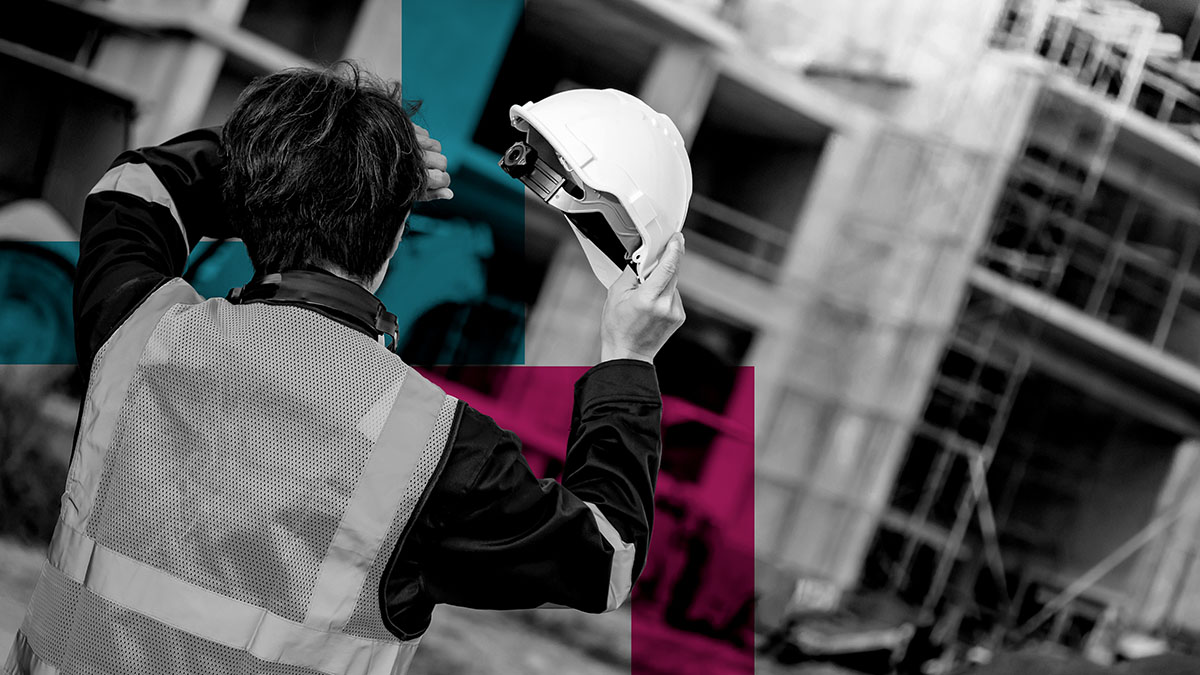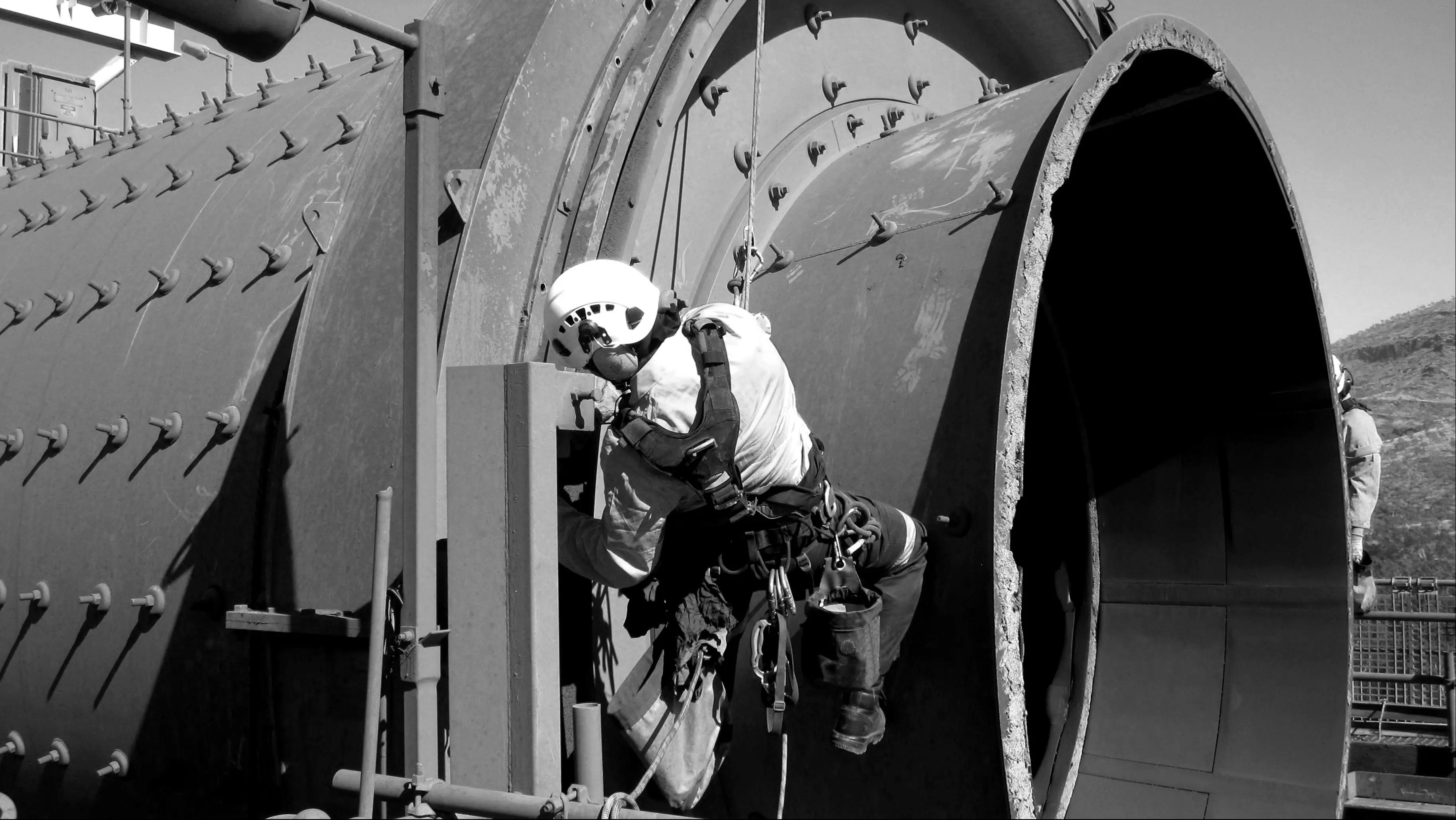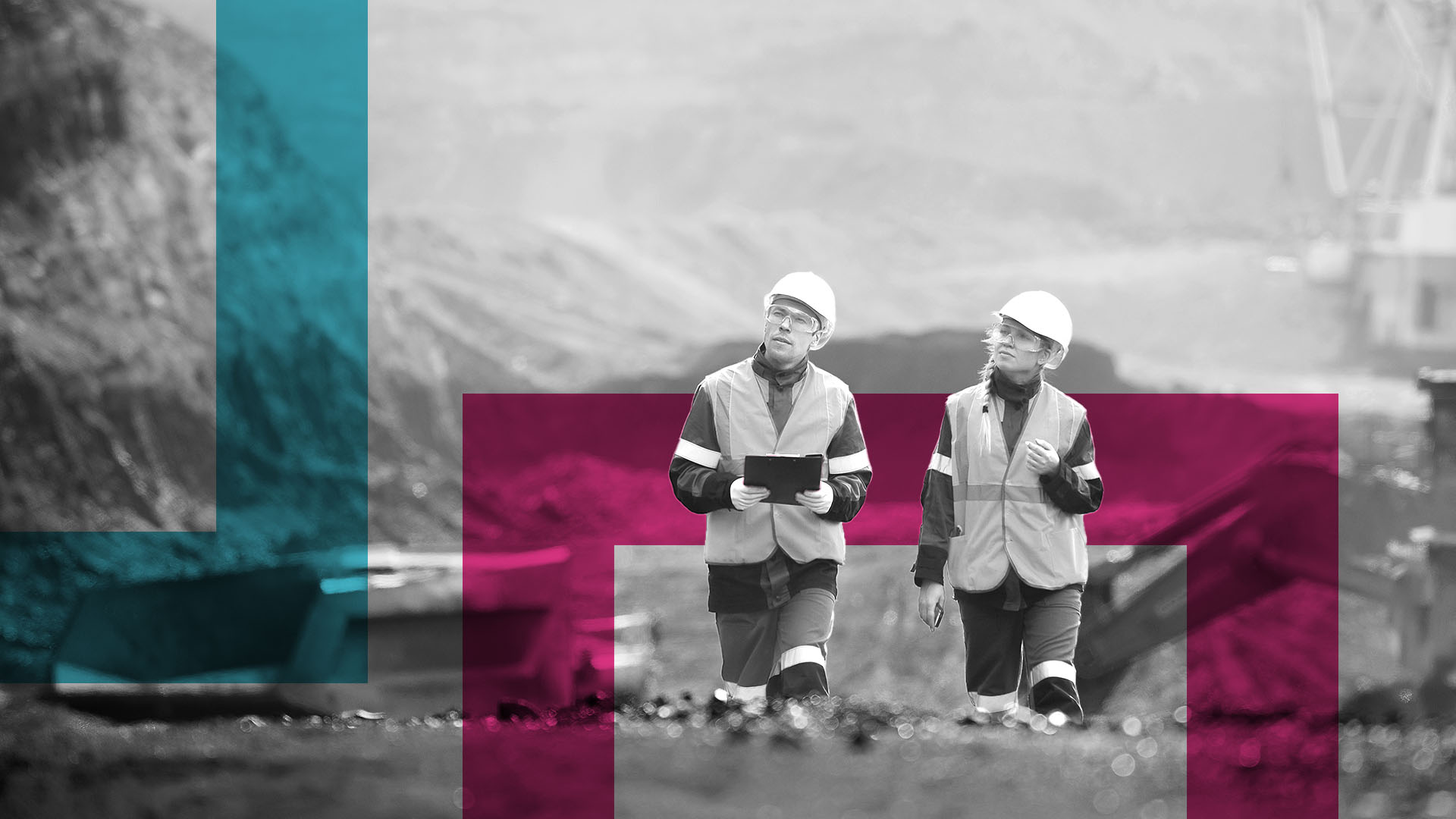Summer safety: protecting workers from heat stress
As Australia heads into another scorching summer, heavy industries like mining, construction, manufacturing and utilities face a familiar but growing...
PRODUCTS
Ideagen Workforce Safety
Workforce management software
Ideagen EHS
AI-powered EHS platform
Ideagen Machine Safety
Machinery safety and compliance
Ideagen Policy Logic
Policy, learning and assurance
Ideagen Procedure Management
Operations, people, training and compliance
Ideagen Mail Manager
File storage, collaboration and email
Ideagen Carbon Accounting
Emissions, energy and climate impact reporting
Ideagen Healthcare Guardian
Digitise governance, assurance and compliance
Ideagen Quality Management
Enhance quality management processes
Speak to our expertsAbout improving your safety, |
|
|
|
|---|---|
|
|
SUPPORT |
COMPANY |
|---|
|
Mining is one of the most hazardous industries, however, with proper safety measures, training and technology, these dangers can be minimised. Here are the top eight safety hazards in the mining industry and how to reduce the risks they pose.
Ground instability is a major hazard in both underground and open-pit mining, where weak rock formations, seismic activity and blasting operations can trigger rockfalls, cave-ins or landslides. Without proper reinforcement and monitoring, unstable ground conditions can lead to serious injuries, fatalities and equipment damage. This risk is particularly high in deep underground mines where rock pressure increases significantly and in open-pit mines with steep, unprotected slopes.
Mining relies heavily on large, powerful machinery such as haul trucks, bulldozers and excavators, which pose serious risks if not properly maintained or operated. Collisions between vehicles, rollovers due to uneven terrain and mechanical failures can result in severe injuries or fatalities. Poor visibility, worker fatigue and lack of proper communication between operators and ground personnel further increase the likelihood of incidents occurring.
Blasting is a necessary process in mining to break apart rock formations but improper handling, storage or detonation of explosives can lead to catastrophic incidents. If explosives are not carefully controlled, they can cause unintended rockfalls, flying debris or even underground collapses. Additionally, premature or misfired blasts pose a serious risk to workers and infrastructure, while inadequate storage conditions can increase the chances of accidental detonation.
Mining operations produce high levels of dust and gases, which can be hazardous to workers' health. Dust from materials like silica and coal can lead to serious respiratory diseases, including silicosis and pneumoconiosis. Meanwhile, the presence of dangerous gases such as methane, carbon monoxide and hydrogen sulfide can create an immediate risk of explosions, poisoning or asphyxiation. Poor ventilation and lack of air quality monitoring can make these hazards even more dangerous.
Fires and explosions in mines can result from electrical faults, flammable gases or spontaneous combustion of coal. In underground mines, fires are especially dangerous due to the confined environment and limited escape routes, leading to smoke inhalation, burns or suffocation. Flammable materials, improper maintenance of electrical systems and inadequate fire suppression measures can significantly increase the likelihood of such incidents.
Slips, trips and falls are some of the most common causes of mining injuries, often resulting from uneven ground, wet or icy surfaces, cluttered work areas and poor lighting. Mines are naturally rugged environments, with loose rocks, steep inclines and heavy foot traffic, all of which contribute to the risk. Workers carrying tools or wearing improper footwear may also be more susceptible to falls, increasing the potential for broken bones, head injuries or sprains.
Mining often involves working in confined spaces such as tunnels, storage tanks and underground chambers where poor ventilation and restricted movement increase the risk of suffocation, toxic gas exposure and entrapment. If proper atmospheric testing and safety procedures are not followed, workers may enter environments with dangerously low oxygen levels or high concentrations of hazardous gases, potentially leading to fatal incidents.
Mining is a physically and mentally demanding industry, often requiring long shifts, repetitive tasks and exposure to harsh conditions. Worker fatigue significantly increases the likelihood of human error which can lead to incidents. Chronic fatigue can also contribute to long-term health issues, making it a critical safety concern.
Ideagen has a suite of tools available to help you minimise the risks posed to workers at mine sites across the world. Contact us today to find out more.
Disclaimer: This article is intended to provide general information on the subject matter. This is not intended as legal or expert advice for your specific situation. You should seek professional advice before acting or relying on the content of this information.

As Australia heads into another scorching summer, heavy industries like mining, construction, manufacturing and utilities face a familiar but growing...

In today’s fast-paced and unpredictable business environment, safety is often viewed as a regulatory necessity rather than a strategic advantage....

Do you work in manufacturing, construction, oil and gas, or utilities? If so, you already know your industry is at a heightened risk for accidents...
